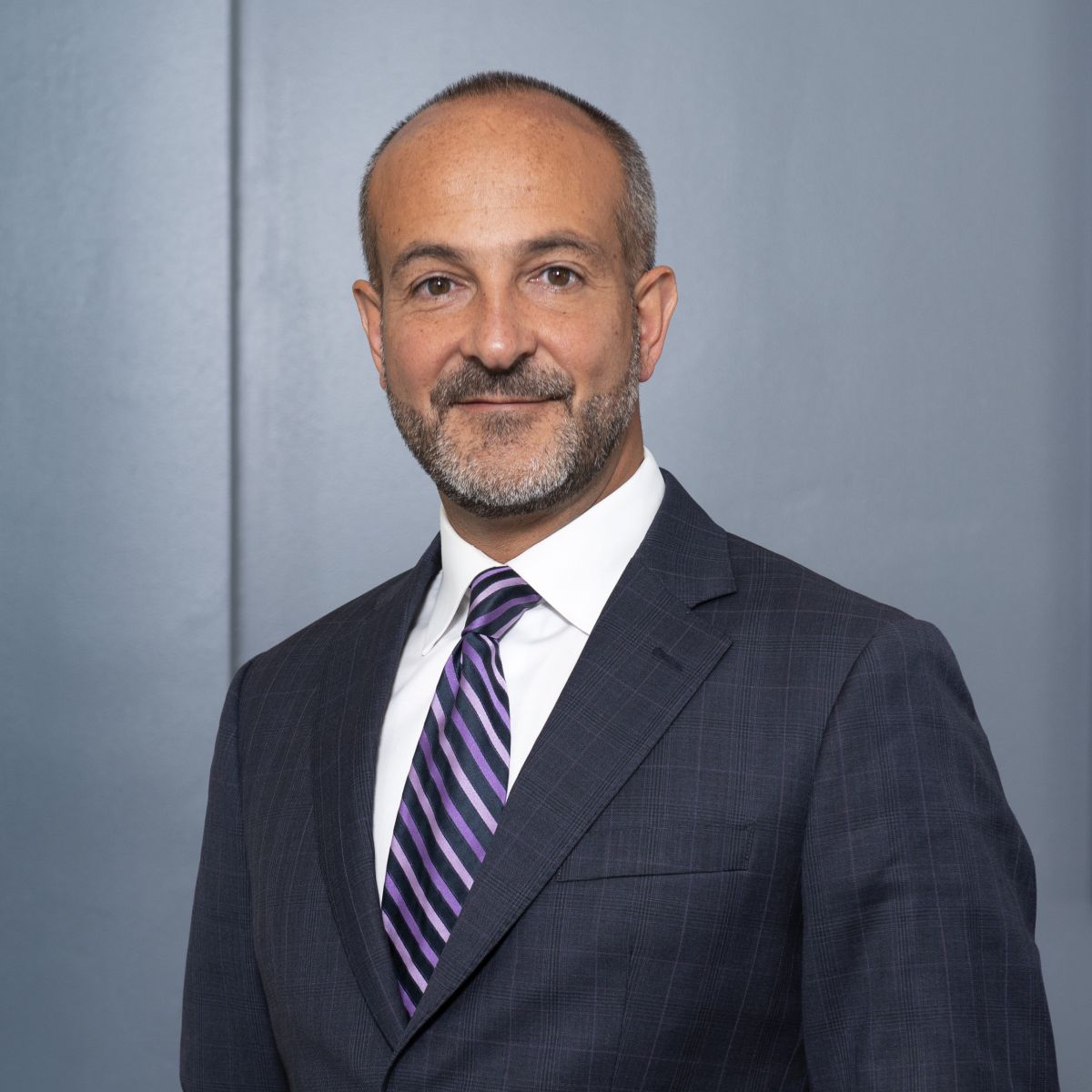
Imagine an ecosystem where receiving care, accessing your personal finances, and shopping for groceries all run on shared, secure systems across health-care benefits, payments, food, transportation, and retail—synchronized to remove friction and reinforce healthy actions. In that model, Food Is Medicine is not a stand-alone pilot but the front door to an individualized experience operating consistently across all forms of health-care coverage, both public and private. The objective is clear: Make healthy choices easy, covered, and trackable to drive adherence and improve outcomes.
Meet Sarah, 67, living with diabetes on Medicare Advantage in a transportation and food desert. Her care plan is clear—including labs, a specialist follow-up, and nutrition changes—yet she must navigate fragmented systems: food and meal benefits in one portal, transportation in another, scheduling elsewhere, and item-level eligibility is often uncertain when she’s at a retail checkout. The clinical guidance is sound, but the breakdown occurs at the handoff between sectors.
Sarah’s experience is why integration is imperative, and three realities reaffirm why:
- Daily health choices flow through retailers, delivery platforms, and payment rails. Applying item-level rules at checkout removes guesswork and supports the mixed baskets people already buy.
- Benefits only matter if people can reach them. In 2022, 5.7 percent of US adults reported unreliable transportation for daily living, and community infrastructure is uneven: About 35.5 percent of municipalities offer demand-responsive transit, and 84.4 percent of those serve supermarkets, which further supports that nutrition, mobility, and care must be interconnected, not siloed.
- Payer analyses link use of Medicare Advantage supplemental food and transportation benefits with improved care quality, which is another early signal that coordinated designs can be measured and scaled within Star Ratings and Healthcare Effectiveness Data and Information Set frameworks.
Fragmentation, by contrast, produces separate cards, portals, networks, and rules. Members triage logistics instead of health. The result is lower engagement, uneven outcomes, and limited accountability and adherence, even when individual programs are sound. The remedy is not more features; it is a simpler experience that operates as one program because, operationally, it is one program.
Make healthy choices easy, covered, and trackable to drive adherence and improve outcomes.
Integration resolves the gap by unifying plan design with eligibility, scheduling, and access at the point of need. National-scale modeling of produce-prescription programs for adults with diabetes and food insecurity projects substantial health gains and cost-effectiveness, strengthening the case for retail-linked nutrition supports. Complementary research finds that medically tailored meals can reduce hospitalizations and yield net savings across most states when delivered as part of a managed care pathway. These findings reinforce two implementation lessons from adjacent service models: point-of-service clarity builds trust and reduces errors, and orchestrated networks with service-level accountability increase follow through.
A practical partnership model any market can adopt starts with one member experience that presents nutrition support alongside care tasks and, when needed, transportation, so eligibility, scheduling, and status live in the same flow. From a physician’s standpoint, integration allows recommendations to withstand everyday constraints, such as when a clinician advises nutrition changes, lab work, and a specialist visit. The person should know what is covered, where to go, how to pay, and how to get there.
A brief confirmation that key steps occurred lets the next encounter focus on decisions rather than troubleshooting. Integration protects clinical time, reduces grievances, and builds trust, particularly for high-need populations where logistics, not motivation, limit adherence.
To make integration attainable and measurable, start with a concise checklist for implementing an integrated, outcomes-driven Food Is Medicine pathway in any sector:
- Start integrated—Design from day one around an integrated member-first experience.
- Codesign locally—Engage retailers, community grocers and pharmacies, transportation providers, community health workers, and patient advocates early so coverage rules, operations, and member communications align with real-world needs.
- Define measures up front—Track time-to-first use, repeat redemption, appointment completion, pharmacy pickup, and “basket quality,” paired with experience and outcomes metrics.
- Align technology and interoperability—Use Fast Healthcare Interoperability Resources or Health Level Seven International for clinical data, retail point-of-sale systems or the National Council for Prescription Drug Programs for item-level eligibility, and secure identity (OAuth2 or OpenID Connect).
- Publish what works—Commit to transparent reporting of methods, outcomes, and lessons learned so peers can adapt the model and accelerate improvement across markets.
The near-term path is collaborative: codesign and launch in partnership, measure rigorously against agreed outcomes, and publish transparent results to accelerate learning and scale what works.



















